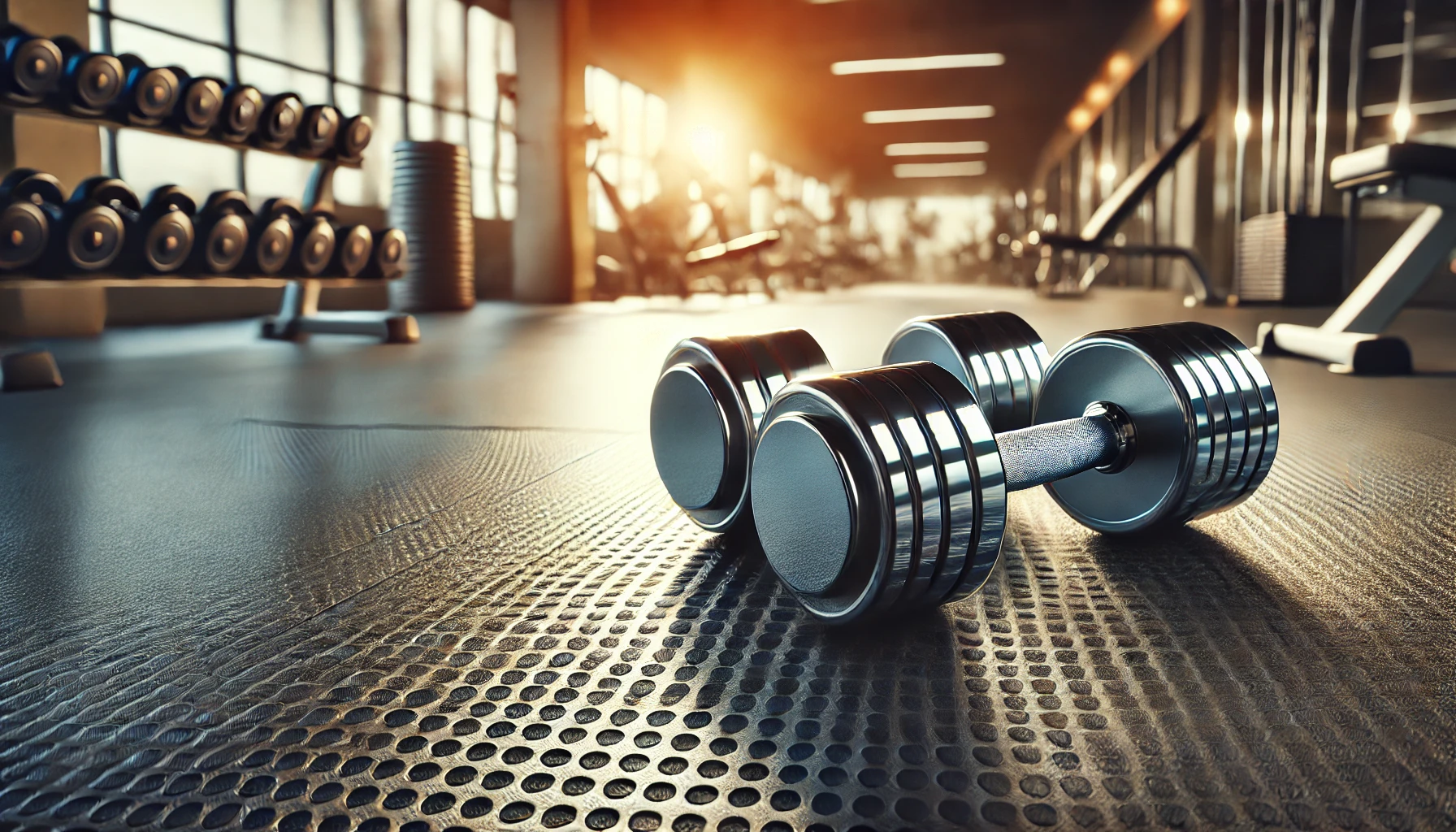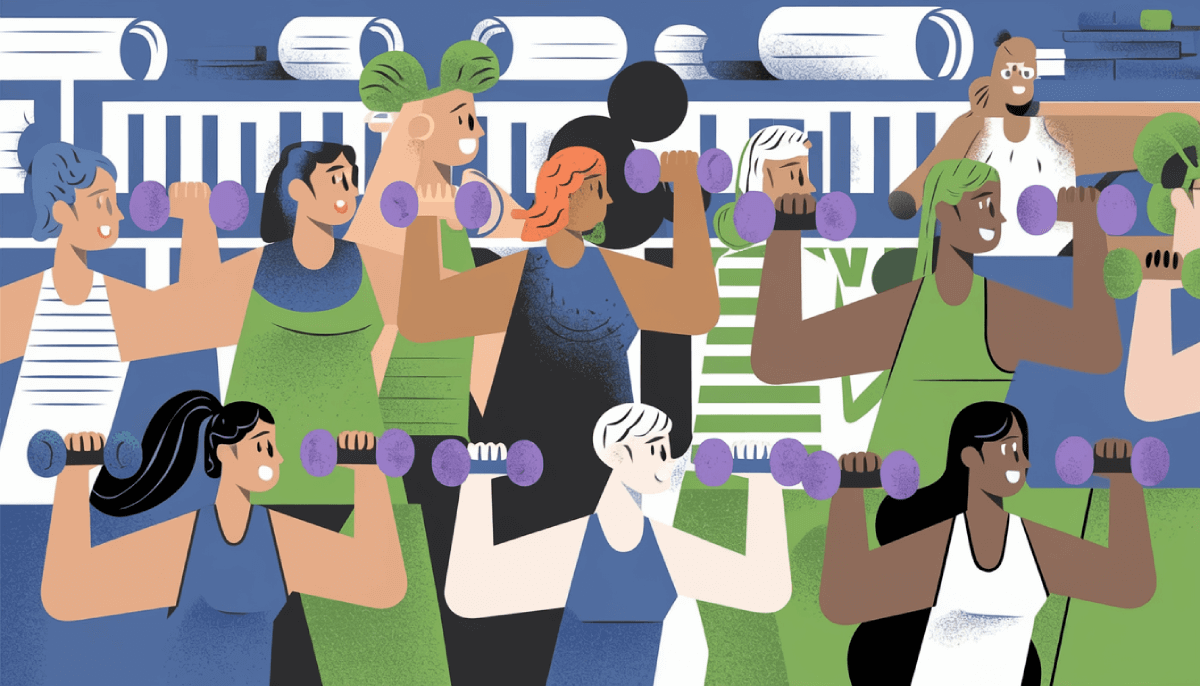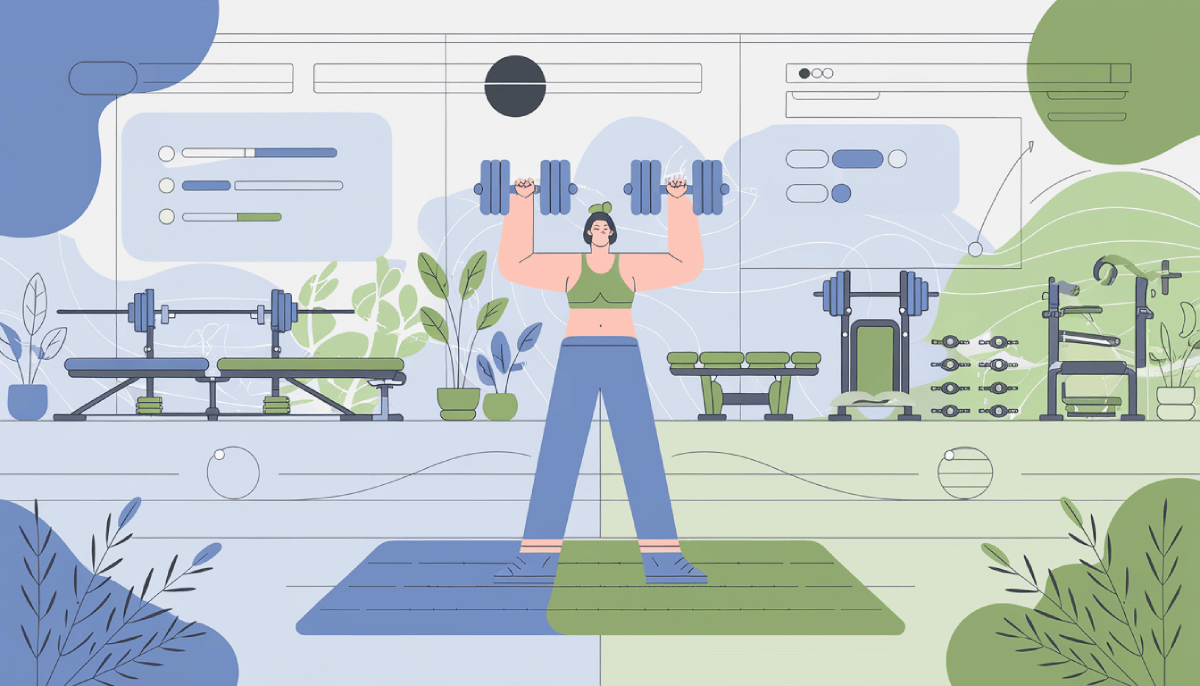Maintaining a healthy lifestyle is essential for overall well-being. One effective way to achieve this is by incorporating dumbbell workouts into your routine. Dumbbell exercises offer numerous benefits, from improving physical strength to enhancing mental health. In this article, we will explore the various advantages of dumbbell workouts and provide tips on creating a healthy eating meal plan, integrating diet with exercise, and more.
We will cover the following topics:
- The physical benefits of dumbbell workouts
- Creating a healthy eating meal plan
- Integrating diet with dumbbell workouts
- The role of mental health in a healthy lifestyle
- The importance of hydration
- Common mistakes to avoid in dumbbell workouts
- A sample dumbbell workout routine
Benefits of Dumbbell Workouts
Incorporating dumbbell workouts into your fitness routine can lead to significant physical benefits. According to the Mayo Clinic, regular physical activity can improve cardiovascular health, boost energy levels, and enhance mood.
Here are some key benefits of dumbbell workouts:
- Increased Strength: Dumbbells allow for a range of exercises that target various muscle groups, helping to build and tone muscles effectively. Learn more about the benefits of strength training and resistance training here.
- Improved Flexibility: Regular use of dumbbells can enhance joint flexibility and range of motion.
- Better Balance: Dumbbell exercises often require stability and control, which can improve balance and coordination.
- Enhanced Overall Well-being: Physical activity, including dumbbell workouts, can reduce stress, improve sleep, and boost self-esteem.
Creating a Healthy Eating Meal Plan
A healthy eating meal plan is essential for supporting a healthy lifestyle, especially when incorporating dumbbell workouts. Proper nutrition fuels your body, helps with recovery, and maximizes your workout results. Here are some tips to create a balanced meal plan:
- Include a variety of food groups: Ensure your meal plan includes fruits, vegetables, lean proteins, whole grains, and healthy fats.
- Focus on macronutrients: Balance your intake of carbohydrates, proteins, and fats. Carbohydrates provide energy, proteins help with muscle repair, and fats support overall health.
- Don’t forget micronutrients: Vitamins and minerals are crucial for bodily functions and overall well-being. Include foods rich in vitamins A, C, D, E, and minerals like calcium, iron, and potassium.
- Plan your meals: Prepare a weekly meal plan to ensure you have all ingredients on hand and avoid unhealthy food choices.
Integrating a Healthy Diet Meal Plan with Dumbbell Workouts
Aligning your diet with your dumbbell workouts can help you achieve optimal results. Here are some actionable tips for effective meal planning:
- Pre-workout meals: Eat a meal or snack rich in carbohydrates and moderate in protein about 1-2 hours before your workout. Examples include a banana with peanut butter, oatmeal with berries, or a turkey sandwich on whole-grain bread.
- Post-workout meals: Consume a meal with protein and carbohydrates within 30 minutes to 2 hours after your workout. This helps with muscle recovery and restores energy levels. Examples include a protein smoothie with fruit, grilled chicken with quinoa, or a Greek yogurt with honey and nuts.
- Timing and portion control: Eat smaller, frequent meals throughout the day to maintain energy levels and support metabolism. Avoid large meals that can make you feel sluggish.
- Listen to your body: Pay attention to how your body responds to different foods and adjust your meal plan accordingly. Everyone’s nutritional needs are different.
For more tips and information, visit Dumbbells.com.
The Role of Mental Health in a Healthy Lifestyle
Mental health is just as important as physical health when it comes to maintaining a healthy lifestyle. Regular exercise, including dumbbell workouts, can have a positive impact on your mental fitness and overall well-being.
Here are some ways that exercise can boost your mental health:
- Reduces Stress: Physical activity helps to lower stress levels by releasing endorphins, chemicals that make you feel good.
- Improves Mood: Regular workouts can help reduce symptoms of depression and anxiety.
- Boosts Self-Esteem: Achieving fitness goals can increase your confidence and self-esteem.
For more information on caring for your mental health, visit the National Institute of Mental Health article here.
The Importance of Hydration
Staying hydrated is crucial for maintaining a healthy lifestyle. Proper hydration supports your physical performance and recovery, especially during and after dumbbell workouts.
Here’s why hydration is important:
- Keeps Your Body Temperature Steady: Water helps to keep your body temperature steady, keeping you cool during workouts.
- Lubricates Joints: Staying hydrated ensures that your joints are well-lubricated, reducing the risk of injury.
- Transports Nutrients: Water helps to transport nutrients to your muscles, aiding in recovery and growth.
For more details on the importance of hydration, check out the Harvard T.H. Chan School article The importance of hydration.
Common Mistakes to Avoid in Dumbbell Workouts
Starting with dumbbell workouts can be exciting, but it’s easy to make mistakes that can lead to injuries or less effective workouts. Here are some common mistakes to watch out for and tips on how to avoid them:
- Poor Form: Using incorrect form can cause injuries. Always ensure your posture is right and you’re performing exercises as intended.
- Using Too Much Weight: Lifting weights that are too heavy can strain your muscles. Start with lighter weights and gradually increase as you build strength. Find out if dumbbells are worth it here.
- Skipping Warm-Up and Cool-Down: Not warming up before and cooling down after workouts can lead to muscle strain. Always include a few minutes of warm-up and cool-down exercises.
- Inconsistent Workouts: Inconsistency can slow down your progress. Stick to a regular workout schedule to see improvements.
- Ignoring Rest Days: Overworking your muscles without rest can lead to fatigue and injuries. Ensure you have rest days to allow your muscles to recover.
Sample Dumbbell Workout Routine
Here is a sample dumbbell workout routine suitable for both beginners and intermediate users. This full body dumbbell workout targets different muscle groups to provide a comprehensive workout.
Beginner Routine
- Warm-Up: 5-10 minutes of light exercise like brisk walking or jogging
- Bicep Curls: 3 sets of 12 reps
- Shoulder Press: 3 sets of 12 reps
- Dumbbell Squats: 3 sets of 15 reps
- Tricep Extensions: 3 sets of 12 reps
- Dumbbell Rows: 3 sets of 12 reps per arm
- Cool-Down: 5-10 minutes of stretching
Intermediate Routine
- Warm-Up: 5-10 minutes of light exercise like cycling or jumping jacks
- Chest Press: 4 sets of 10 reps
- Lateral Raises: 4 sets of 12 reps
- Dumbbell Lunges: 4 sets of 12 reps per leg
- Hammer Curls: 4 sets of 12 reps
- Deadlifts: 4 sets of 10 reps
- Cool-Down: 5-10 minutes of stretching
Remember, consistency is key. Follow these routines regularly and adjust the weights as you progress. For more dumbbell workout tips and routines, visit Weekly Dumbbell Workout on Dumbbells.com.




